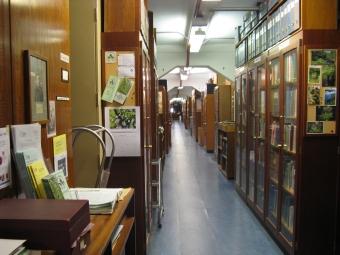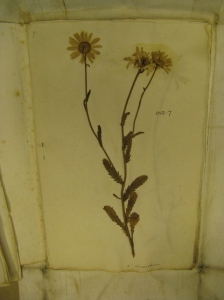Darwin
#AdventBotany Day 12: Erasmus Darwin born 12 December 1731 bringing botanical love and joy to the world! By Dr M
Advent botany couldn’t be advent botany without botanists – and amongst them are a number of significant “advent botanists”, those born in the days of advent and Dr M’s first offering on this theme is Erasmus Darwin.
Follow this link to Dr M’s blog to read more………
Sticks and bones: Tree study to help orthopaedic surgeons
As part of the Manchester Museum’s Charles Darwin: Evolution of a Scientist programme of events, all the staff in the herbarium were recently trained to take museum objects connected with Charles Darwin out to community groups. During the training we were discussing what it meant to be a scientist, and how it was not necessarily about having the all answers but more about asking the right questions.
I was reminded of that discussion today when, looking at the University of Manchester website, an article about a new tree study caught my eye. The study, being undertaken at the University by Dr Roland Ennos, is looking at why tree branches buckle or split, rather than break cleanly, and how this could help orthopaedic surgeons do a better repair job on children’s broken bones.
What I found particularly interesting is how Dr Ennos came up with the idea for the study. He said: “I was walking through our local wood and breaking twigs off trees and wondering why they were breaking in these two particular ways. I remembered how difficult it was to break branches for firewood as a cub scout – you can’t break fresh branches, you need to find dead wood.”
It’s all about the questions!
Finally, here’s Dr Ennos singing the praises of trees:
“…wood is a marvelous material, the best in the world, better than steel or plastic. It is stiff, strong and tough, all combined, and that’s very rare in a material. Steel is stronger but it’s heavier and both that and plastic take a lot of energy to make, which is important when we are facing climate change.
“We ought to return to an age of wood, in my opinion. We have a feel for wood that goes back to our early ancestors, when we used to cut branches off trees to make into spears and other tools. Understanding precisely how it works should help us design the tools of the future.”
Read the full article here.


























